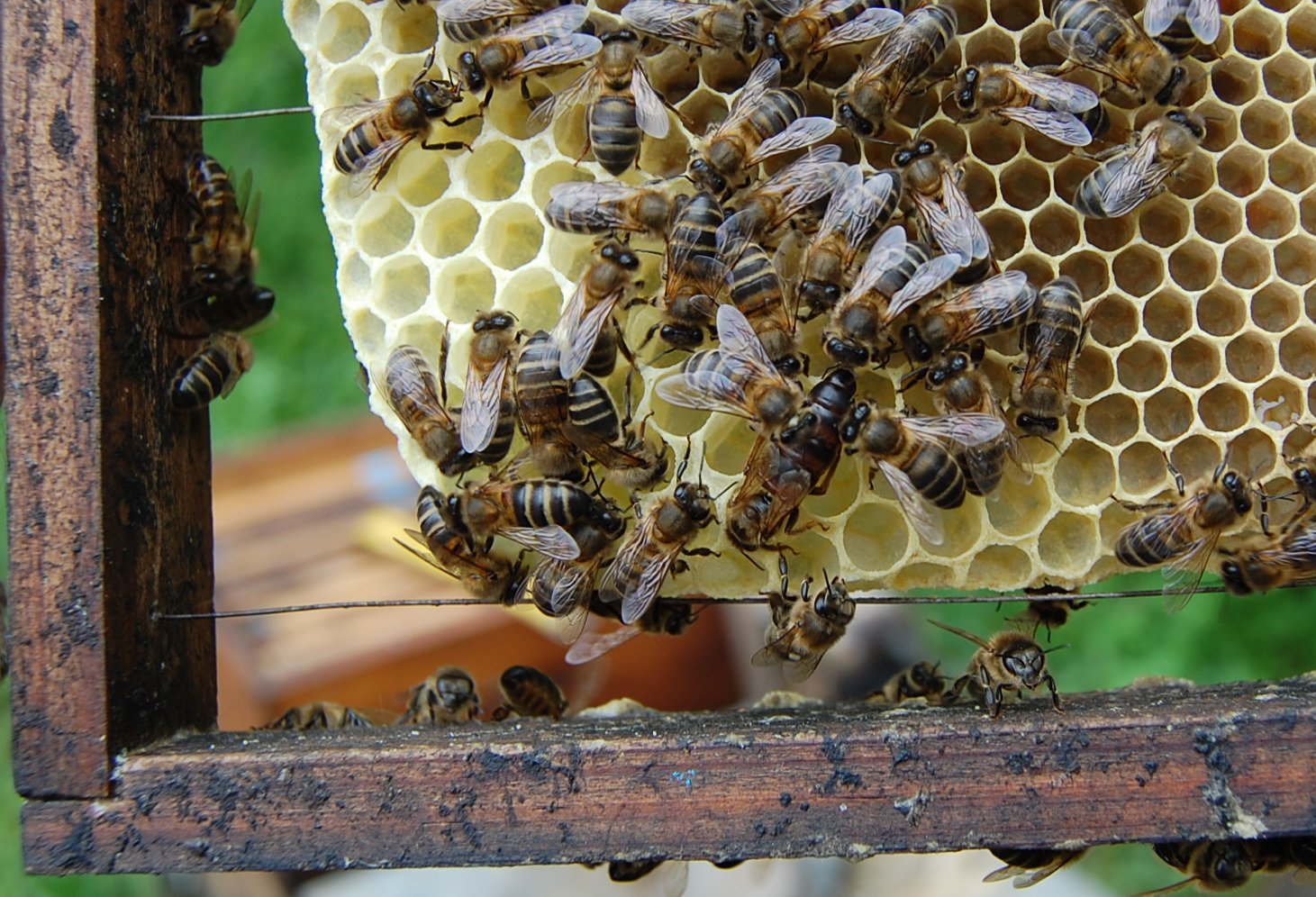Dee Lusby:
„Since the size of the bee is regulated by the size of the cell and the size of the cell regulates the size of the thorax of the workerbee, we also gain control of trachael mites by reducing the opening of the first thoracic spiracle where the mites gain inner entry into the lungs of our bees. By reducing the reproduction of varroa (both types verified by the USDATucson Lab as being in our area) and trachael mites, both known in our area in our bees, we then cause a reduction in secondary diseases, by reduction of open wounds caused by mites chewing upon the exoskelton of our bees and penetrating to drink blood, then vectoring in viral, bacteria, and fungal infections.“
Another thing is the problem of the tracheal mite, Acarapis woodi.
When I arrived 25 years ago here on the island of La Palma, nearly all the bees perished due to the trachea. Then the beekeepers applied menthol and it went upwards again – until the varroa arrived.
In the bees that hatch of 4.9 mm cells, the foremost part of trachea, or the frontal trachea opening, by which these mites can get into the inside of the bees, is so small that the mites no longer fit through – QED.
Dee Lusbys bees had this problem in the beginning and it disappeared drastically once the cell size was reduced.



